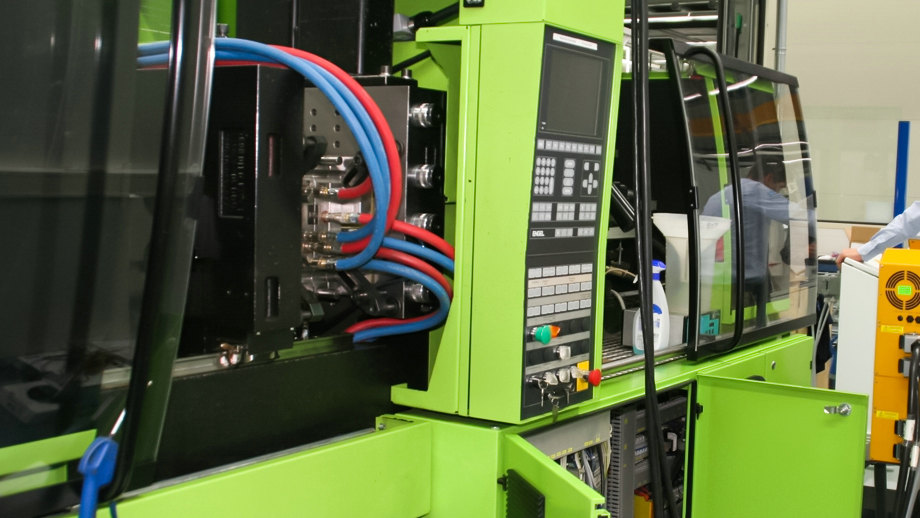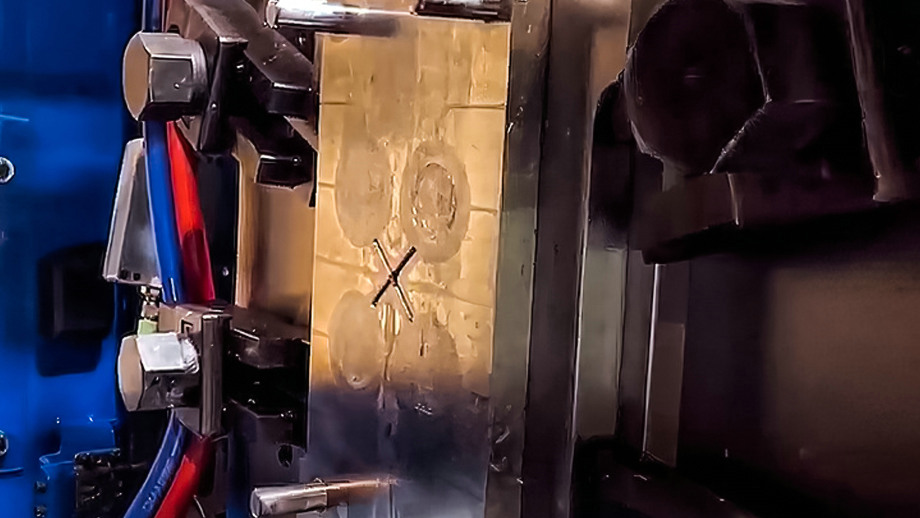Are you struggling with injection molding pressure? Do you want to improve the quality and efficiency of your injection molding process? Look no further than the reasonable setting method of injection molding pressure. In this article, we will provide you with a comprehensive guide on how to set injection molding pressure, including the factors that affect the pressure setting and the steps to optimize the pressure setting.

Factors Affecting Injection Molding Pressure
Before diving into the pressure setting method, it is crucial to understand the factors that affect injection molding pressure. These factors include:
- Material
Different materials have different melting points and viscosity, which affects the required pressure for injection molding. For example, high-melting-point materials require higher pressure to ensure complete filling of the mold. - Mold design
The design of the mold, including its size, shape, and complexity, affects the required pressure for injection molding. A more complex design may require higher pressure to ensure the complete filling of the mold. - Molding machine
The molding machine’s clamping force, injection stroke, and injection rate affect the required pressure for injection molding. A higher clamping force and injection rate can lead to higher injection pressure.
Steps to Optimize Injection Molding Pressure Setting

Now that we have covered the factors that affect injection molding pressure let’s move on to the steps to optimize the pressure setting.
Step 1: Determine the required pressure
The first step in optimizing injection molding pressure is to determine the required pressure for the material and mold design. The required pressure can be calculated using various software, including Moldflow, which simulates the injection molding process and predicts the required pressure.
Step 2: Set initial pressure
Once you have determined the required pressure, you can set the initial pressure on the molding machine. The initial pressure should be set slightly higher than the calculated required pressure to account for any variations in the material or mold design.
Step 3: Adjust the pressure
After setting the initial pressure, you can adjust the pressure based on the molding process’s actual conditions. The pressure should be adjusted based on the following factors:
- Fill time: If the fill time is too short, increase the pressure to ensure complete filling of the mold.
- Part weight: If the part weight is too light, decrease the pressure to prevent overfilling of the mold.
- Part size: If the part size is too large, increase the pressure to ensure complete filling of the mold.
Step 4: Verify the pressure setting
Once you have adjusted the pressure, you should verify the pressure setting by checking the quality of the molded parts. The molded parts should be free of defects, such as sink marks, warpage, and flash.

Conclusion
In conclusion, the reasonable setting method of injection molding pressure is crucial for improving the quality and efficiency of the injection molding process. By understanding the factors that affect injection molding pressure and following the steps to optimize the pressure setting, you can ensure the complete filling of the mold and produce high-quality molded parts. If you have any questions or need assistance with injection molding pressure, please contact us at JS Precision.
